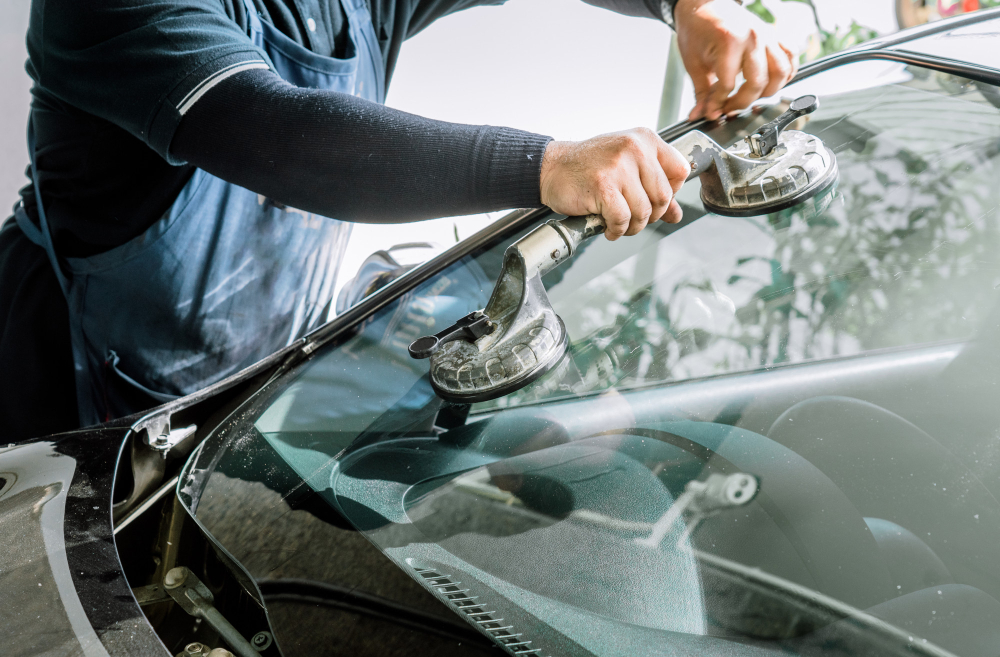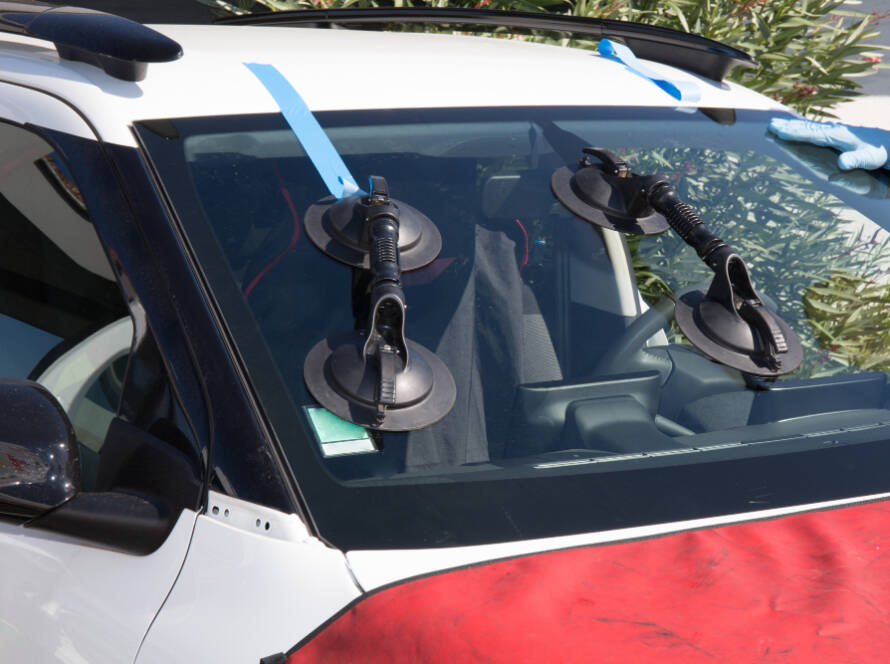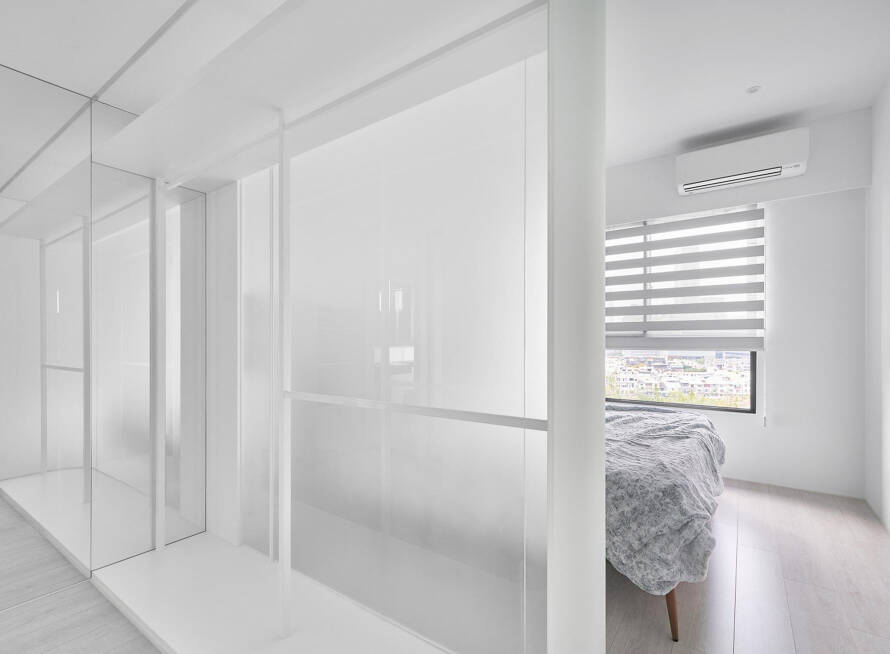Been in a situation where you got in your vehicle and were hit with a thought that reminded you of a sauna? Or perhaps in another situation, you have an issue with the glare while driving in the sun? These are much more than minor hassles; it’s a sign that your vehicle is possibly lacking one essential feature, i.e., car window tinting. All without changing a single thing under the hood, what if we were to say that your vehicle could stay cooler and seem sharper, all while taking care of the passengers inside? If you’ve never looked into car window tinting before, worry not; this blog will walk you through all you must know on automotive glass tinting, be it types and benefits or compliance rules and technical specifications, so you can make a decision once you know it all!
In a time wherein vehicles are becoming much more advanced, secure, and a whole lot more sustainable, auto glass tinting is now no longer a luxury—it is quite rather a need. Regardless of whether you’re driving in the stubborn heat or busy city streets, no matter the circumstances, automotive glass tinting brings about benefits that blend performance, protection, and with a personal flair to it.
What Is Auto Glass Tinting?
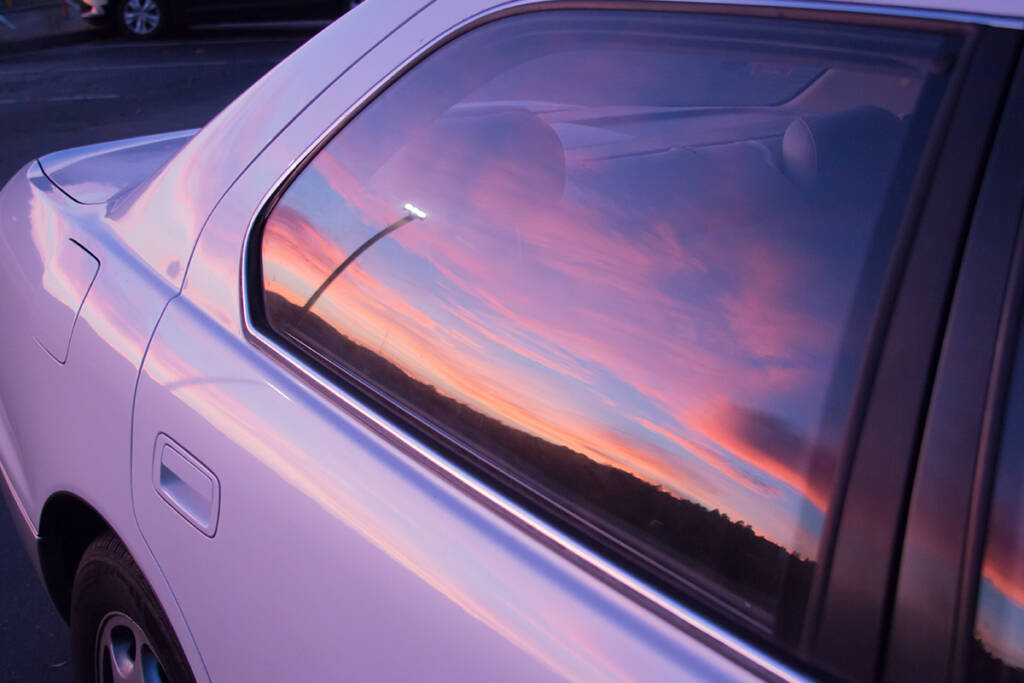
The basic idea behind auto glass tinting is to block heat, light, and UV rays from getting inside your vehicle through the windows. It’s done in one of two ways:
- Film-based tinting: The inner surface of the auto glass is coated with a layer of tint.
- In-glass tinting: The tint is built into the glass during the making process.
But here’s the catch: it’s not just about darkened glass! The right automotive glass tinting can help improve thermal comfort, protect passengers, and even extend the life of your car’s interior. When you think about upgrading your car, do you put any thought into the glass? If your answer is a “no,” this could be the most overlooked performance tool in your vehicle.
Why Tint at All? The Real Benefits of Car Window Tinting
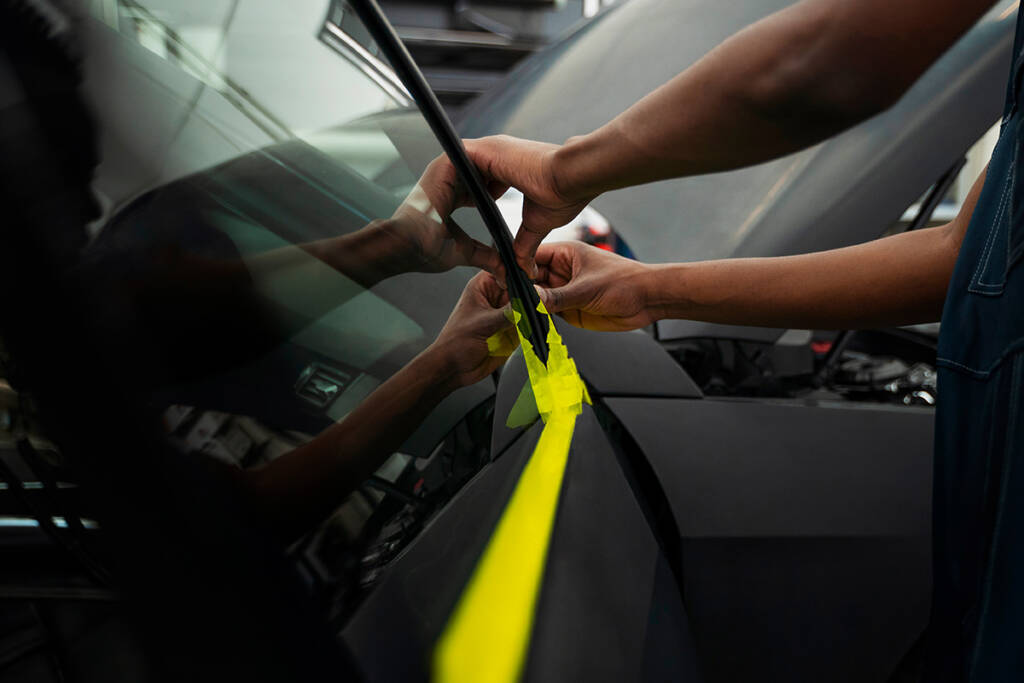
Here’s why the vehicle owners are bidding on car window tinting— not just for style but for results.
1. UV Protection
- Blocks up to 99% of harmful UV rays,
- Reduces risk of skin damage and interior fading, and
- Protects leather, dashboard, and electronics from premature aging.
2. Heat Reduction
- Rejects up to 60% heat,
- Keeps cabin cooler, and
- Reduces A/C usage and fuel consumption.
3. Glare & Privacy Control
- Minimizes sun glare and headlight blinding, and
- Adds privacy without fully blacking out the line of vision.
4. Safety Enhancement
- In case of breakage, the tint film holds glass shards together, and
- Provides an extra buffer during accidents or theft attempts.
While most drivers connect car window tinting with aesthetics, its influence on health, energy savings, and long-term vehicle protection is often overlooked. All the benefits combined, it is one of the best automotive investments you can make. Auto glass tinting, whether applied as a film or integrated during production, works continuously to make you comfortable while saving some bucks. Been in a luxury car and thought, why does it feel rather cooler and more private? Now you know—it’s not just about mere horsepower; it’s all in the auto glass tinting. Surprising, much?
Types of Auto Glass Tinting: Not All Tints Are Equal
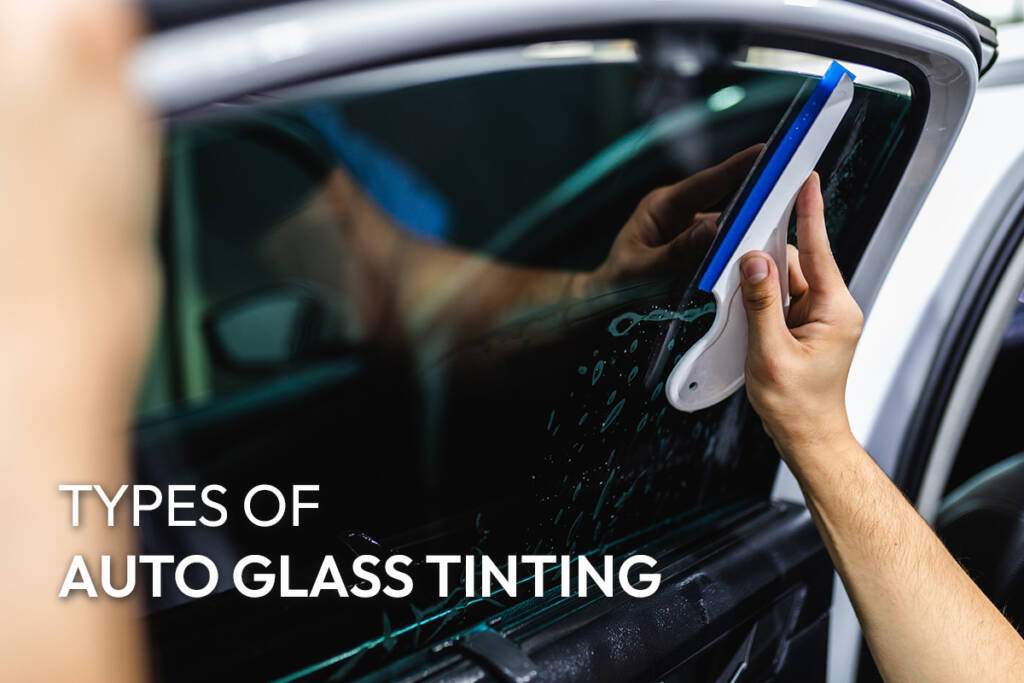
Choosing the right car window tinting means knowing your options before making a rushed decision. Here’s a breakdown of common types and how they compare:
1. Dyed Film
Core Benefit: Entry-level glare reduction
Best For: Budget-conscious drivers
Dyed tint films absorb sunlight and reduce brightness all while offering a basic level of privacy and UV protection. Though they are affordable, they may fade over time and provide only moderate heat rejection.
2. Metallized Film
Core Benefit: Reflective heat barrier
Best For: Hot climates or drivers prioritizing thermal control
This tint uses microscopic metallic particles to reflect solar energy, which is crucial to keep interiors cooler. It’s durable and scratch-resistant but may interfere with GPS, radio, and mobile signals.
3. Hybrid Film
Core Benefit: Balanced performance
Best For: Drivers seeking value and function
It is a mix of dyed and metallized layers; hybrid tints combine glare control, heat rejection, and limited signal interference, which makes them a solid middle-ground solution.
4. Ceramic Film
Core Benefit: Premium clarity and next to zero signal interference
Best For: High-end vehicles
Ceramic films offer the highest level of performance with the best infrared heat rejection, UV protection, and zero signal interference. They’re also less reflective, giving a cleaner, more natural look.
5. Carbon Film
Core Benefit: Strong insulation, fade resistance
Best For: Drivers who want performance with visual appeal
Carbon tints block infrared light, prevent fading, and give a sleek matte finish. They don’t contain metal, so there’s no signal disruption, and they last longer than dyed films, making them a go-to.
You have to remember that the wrong tint can end you with bubbles, fading, or blocking your GPS signals. The right automotive glass tinting solution blends in like it’s part of the original design of your dear vehicle.
Legal Auto Glass Tinting: What You Can and Can’t Do!
No matter how good it looks, car window tinting that violates local laws can land you in big trouble. So you gotta know the details before jumping into a decision. Here’s what you should know:
Indian Regulations (IS 2553 Part 2, CMVR Rule 100)
- Front windshield VLT ≥ 70%
- Side windows VLT ≥ 50%
- Rear windshield VLT ≥ 50%
Regardless of where you live, choosing a compliant car window tinting that meets regulations is rather essential not only for legality but also for optimal auto glass tinting performance. Non-compliance penalties are made when it is failed, which can range from fines, vehicle inspection failure, or forced tint removal. So before you make a hasty decision, ensure these regulations are met! Make your car look good, albeit while looking out for your safety.
The Science Behind the Shade
Be it that you’re choosing film-based or in-glass tints, understanding how auto glass tinting is made can help you make smarter decisions.
Film-Based Tinting
- Applied after production,
- Cost-effective and customizable, and
- Quality depends on application.
In-Glass Tinting
- Built during the glass-forming process,
- Superior durability, seamless finish, and
- No risk of bubbling or peeling.
TPRS Glass enables both solutions by producing transport-grade, auto glass tinting with the following features:
- 70%+ VLT compliance,
- 99% UV protection,
- IR rejection ratings of 50–70%,
- CNC-polished edges for precision tint application, and
- Scratch resistance per ASTM D1044.
Here is where you have to ask yourself whether your vehicle’s glass is working for your comfort and safety or just filling the frame.
Quick Tech Specs at a Glance
We can take a quick sneak peek on the automotive glass tinting tech specification and their required standards in the Indian automobile market
- VLT (India/IS 2553): ≥ 70% (front), ≥ 50% (side/rear)
- UV Blockage: ≥ 99%
- IR Rejection: 50–70%
- Compliance: IS 2553 Part 2, ECE R43, ASTM D1044
- Glass Thickness Range: 3.15 mm–4.76 mm
How TPRS Glass Powers Automotive Glass Tinting Solutions
While TPRS doesn’t install films directly, it plays a vital role in the automotive glass tinting business by giving out
- Tinting glass for OEMs,
- UV and infrared blocking coatings, and
- Tint-compatible glass for buses, trains, and commercial fleets.
TPRS makes sure that auto glass tinting fits not only chic standards but also the technical, safety, and region-specific legislative requirements. Quite an intriguing one, isn’t it?
What you see through your window counts, but what it does for you is equally, if not more, important. With the right car window tinting, you’re not only making the best out of your ride, you’re tuning efficiency, adding to safety, and abiding by legal frameworks all in one simple upgrade. So, before you settle on a tint, make this checklist
- Take a look at the local regulations,
- Select the right type based on where you live and your daily driving habits, and
- Make sure your glass meets VLT, UV, and IR standards.
When sourcing materials, look for reputable names like TPRS Glass, which manufactures for compliance, clarity, and confidence. The road ahead is gonna be full of heat, glare, and unpredictability. But with the right car window tinting, your car glass can do you a bigger favor than just block the sun; it’ll work for you. Remember, good automotive glass tinting isn’t just about shade. So if you’re planning your next upgrade, start with smart, certified car window tinting that delivers. Make your glass smarter like the person behind it!
Explore our automotive glass tinting solutions
Heard about dark green UV-cut glass and car tint films? If not check this blog out: Dark Green UV Cut Glass vs. Car Tint Films: Choosing the Best Option for Your Vehicle.
External Source [CMVR]



